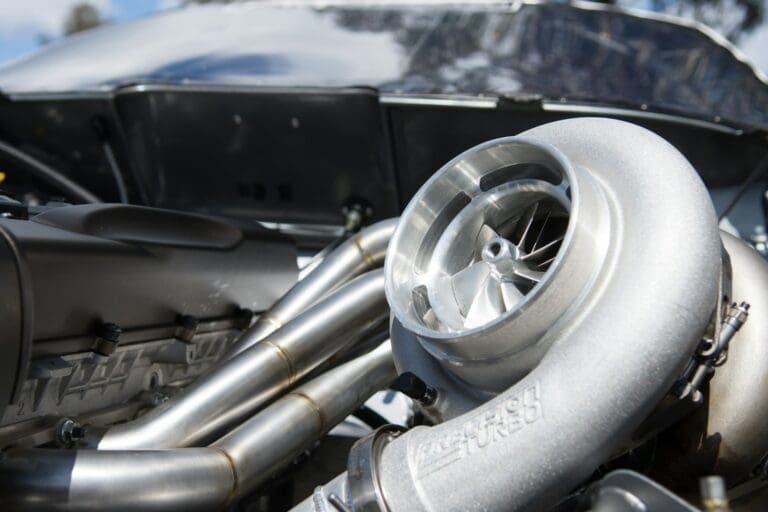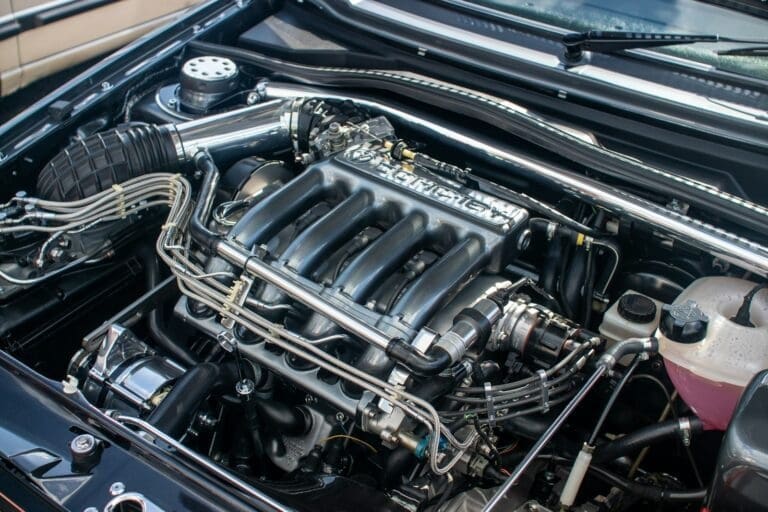Introduction to the EGR Valve
Table of Contents
ToggleUnderstanding the EGR Valve (EGR) valve is a crucial component in modern internal combustion engines, playing a vital role in emissions control and engine efficiency. This comprehensive guide explores the function of the EGR valve, symptoms indicating potential failure, and effective solutions to address issues.
What is an EGR Valve?
The EGR valve regulates the flow of exhaust gases back into the engine cylinders to reduce nitrogen oxide (NOx) emissions. It does this by recirculating a portion of exhaust gases, which helps lower combustion temperatures and minimize the formation of harmful pollutants.

How Does an EGR Valve Work?
1. Operation Principle
During engine operation, the EGR valve opens and allows a controlled amount of exhaust gases to enter the intake manifold. This dilutes the incoming air-fuel mixture, reducing peak combustion temperatures and thereby lowering the production of nitrogen oxides.
2. Types of EGR Systems
- Mechanical EGR: Older systems controlled by vacuum or mechanical linkage.
- Electronic EGR: Modern systems controlled by the engine’s electronic control unit (ECU), which precisely regulates valve operation based on engine conditions and emissions requirements.
Symptoms of EGR Valve Failure
1. Rough Idling and Engine Misfires
A malfunctioning EGR valve can lead to rough idling or engine misfires due to incorrect air-fuel mixture ratios caused by inadequate recirculation of exhaust gases.
2. Decreased Engine Performance
Reduced engine power and responsiveness may occur when the EGR valve fails to function correctly, affecting overall vehicle performance.
3. Increased Emissions
Failure of the EGR valve can result in increased emissions, particularly nitrogen oxides (NOx), which can lead to environmental compliance issues.
Diagnosing EGR Valve Issues
1. Check Engine Light
The illumination of the check engine light is often an indicator of EGR valve-related problems. Diagnostic trouble codes (DTCs) can pinpoint specific issues with EGR valve operation.
2. Physical Inspection
Inspecting the EGR valve and associated components for carbon buildup, leaks, or mechanical wear can help identify potential problems affecting valve performance.
Common Causes of EGR Valve Problems
1. Carbon Deposits
Carbon deposits can accumulate on the EGR valve and its passages over time, restricting movement and impairing valve function.
2. Electronic or Mechanical Failures
Faulty sensors, solenoids, or mechanical components within the EGR system can lead to improper valve operation and system malfunction.
Solutions for EGR Valve Problems
1. Cleaning the EGR Valve
Routine cleaning of the EGR valve and its passages using appropriate cleaners can remove carbon deposits and restore proper valve function.
2. Replacing the EGR Valve
In cases of severe carbon buildup or mechanical failure, replacing the EGR valve with a new or refurbished unit may be necessary to resolve persistent issues.
3. Checking and Repairing Associated Components
Inspecting and repairing related components such as EGR solenoids, hoses, and sensors can ensure proper operation and prevent future failures.
Preventive Maintenance and Care
1. Regular Inspection
Periodically inspecting the EGR system for signs of wear, carbon buildup, or leaks can help detect potential problems early and prevent costly repairs.
2. Driving Habits
Driving at higher speeds and avoiding frequent short trips can promote more effective EGR valve operation and reduce the likelihood of carbon buildup.

Environmental and Legal Considerations
1. Emission Compliance
Maintaining a properly functioning EGR system is essential for complying with emission standards and regulations, and ensuring environmentally responsible vehicle operation.
2. Legal Requirements
Tampering with or removing emissions control devices, including the EGR valve, may violate environmental laws and regulations, leading to fines or penalties.
Conclusion
The EGR valve is a critical component in reducing emissions and improving engine efficiency in modern vehicles. Understanding the symptoms of EGR valve failure and implementing effective solutions are crucial for maintaining vehicle performance, emissions compliance, and environmental responsibility. By addressing EGR valve issues promptly through proper diagnosis, cleaning, or replacement, vehicle owners can ensure optimal engine operation and longevity while minimizing environmental impact. Regular maintenance and adherence to driving practices that promote EGR system efficiency can contribute to a cleaner and more efficient vehicle operation overall.



